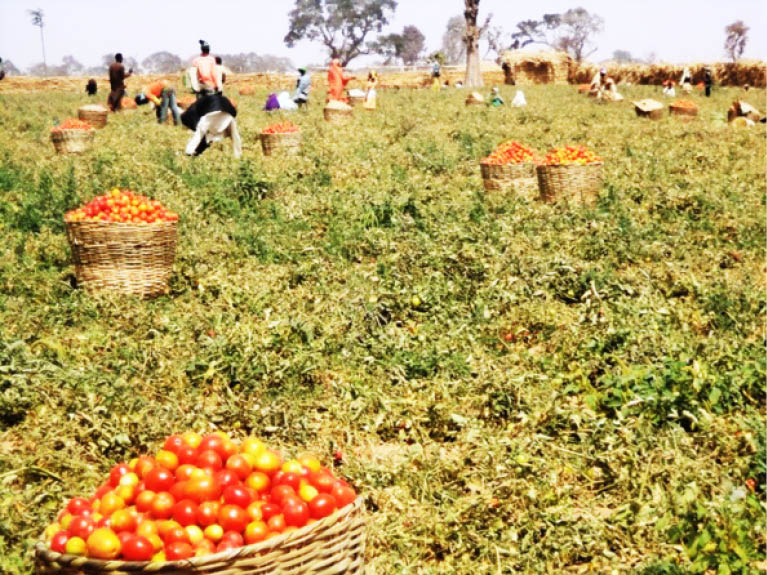How early blight attacks tomatoes during cold weather
As many farmers pick interest in tomato farming, the major challenge is early blight infestation due to the cold season, which is accompanied by rain in some places and temperature fluctuations. Early blight is a deadly fungal infection that affects the leaves, stems, and in severe cases, the fruits. Early blight initially manifests itself on […]

FILE PHOTO
As many farmers pick interest in tomato farming, the major challenge is early blight infestation due to the cold season, which is accompanied by rain in some places and temperature fluctuations.
Early blight is a deadly fungal infection that affects the leaves, stems, and in severe cases, the fruits.
Early blight initially manifests itself on leaves as circular brown lesions on the older foliage near the ground. It thrives best in heavy dew (colder mornings), frequent rainfall and warm conditions. The disease also occurs in dry spell, especially if the crop is under irrigation.
In humid areas, all the leaves may be affected, but in dry areas only the lower leaves are affected, spreading the disease to other parts of the plant.
The circular brown lesions develop concentric rings and tissues around spots that are easily visible.
In severe cases, the leaves turn yellow and fall off, and the dry leaves may cling to the stem.
The stems turn yellow, sunken and dry, while the fruits can be infected at any stage of growth. The fruit spots are leathery, black, with raised concentric rings, which eventually results in fruit fall.
The fungal disease can easily survive in the soil and plant debris awaiting the favourable conditions for the disease to occur.
This is among the reason farmers are advised to remove weeds after tillage and put them in a heap where they can be burnt.
